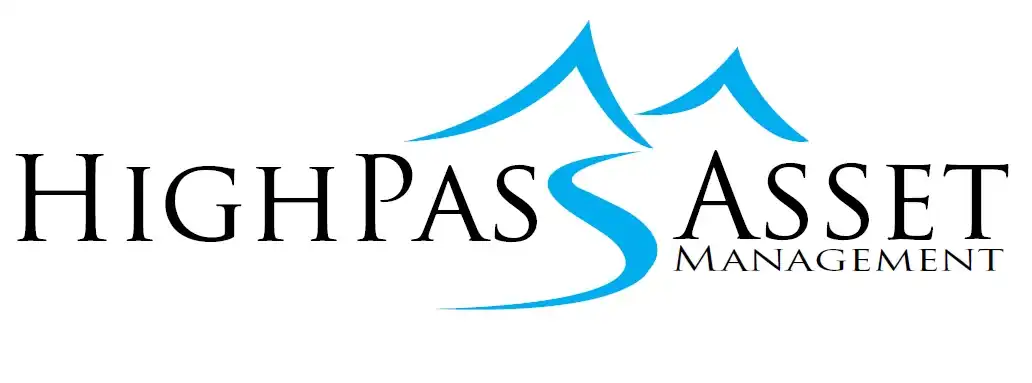1.) SELLING YOUR PORTFOLIO AT THE BOTTOM OF A BEAR MARKET
Over the last 25 years I have seen many, too many, retirement planning mistakes. One of the most serious retirement planning mistakes that you can make is to try to time the market and sell your portfolio at the bottom of a bear market. The problem becomes, when do you buy back in?

From October of 07 to the bottom in 2009, the S&P 500, went down 56%. For those who had sold at the bottom, they had to buy back in at a much higher price. A bear market like 2000 or 2008,, which we have not seen for many years, can cause even the most disciplined investors to lose their nerve and sell. Don’t let this happen to you!
2.) ASSET ALLOCATION THAT DOESN’T MATCH INCOME NEEDS
The second big mistake that I see retirees make is using an asset allocation that doesn’t match their portfolio income needs. For example, if you had invested $1,000,000 in the S&P 500 on 01/01/2000 and distributed 4% per year grown for inflation; after twenty-one years, you were out of money.

In this illustration we start the the year 2000 with a $1,000,000 investment in the S&P 500. Then we start taking four percent, $40,000 per year, grown by 3% for inflation and 21 years later, the portfolio is exhausted. A retirement portfolio that is too heavily weighted towards stocks will have more volatility. The higher volatility coupled with the need for retirement income can put a significant strain on your principal especially during recessions.
3.) SPENDING RATE THAT IS TOO HIGH
The third big mistake that I see retirees make is taking an annual distribution that is too large and not sustainable. In this example we make a $1,000,000 investment on 01/01/2000 in the Vanguard Balanced Index fund.

We spend $50,000 (5%) in the first year. Then we grow the distribution by 3% inflation every year. In the year 2022, we run out of money. In this illustration, the impact of bad timing, retiring before the 2001 recession and sequence of negative returns from 2000, 2001 and 2002 coupled with 5% inflation adjusted spending was more than the portfolio could handle. Spending 5% of your portfolio and adjusting your spending for inflation has the potential to cause you to eventually run out of money. Five percent retirement spending off of your portfolio is just too much. To increase your odds of success, consider spending 4% or less.
All of these mistakes can be avoided with proper planning and advice!
Written by Ethan S. Braid, CFA
President
HighPass Asset Management
Denver, CO
Your broker or advisor will charge you fees or commissions to make investments and therefore your returns will be less than indexes. For example, if you invest in the S&P 500 ETF, SPY, you will pay a fee to the company managing the ETF, State Street Global Advisors. Your return on the S&P 500 ETF, SPY, will be less than the S&P 500 Index TR because of the fee paid to State Street Global Advisors. Additionally, you may pay a fee or commission to your broker or financial advisor, further reducing your return, below the index. Consult your advisor or broker for a detailed list of their fees or commissions before you invest. Investing involves risk and you can lose money.

